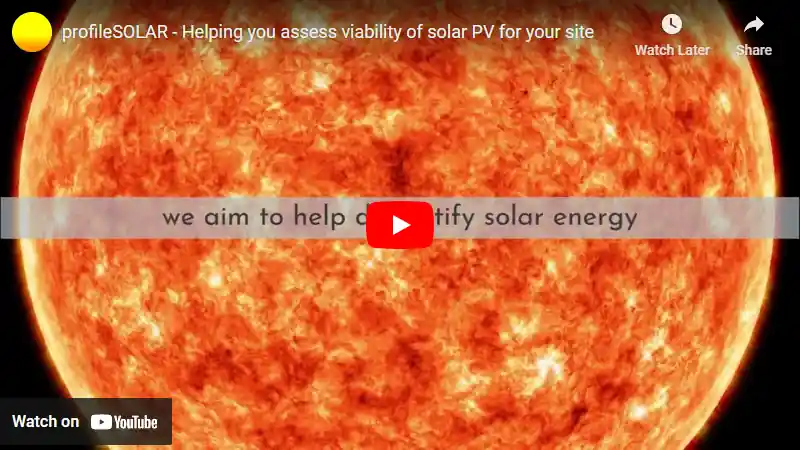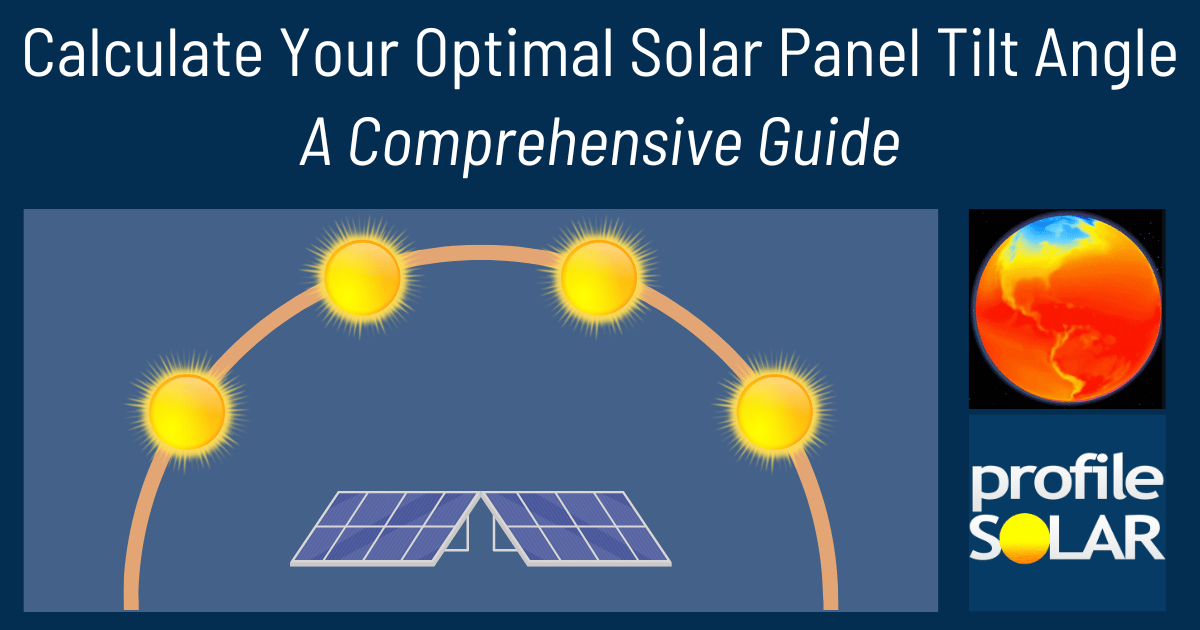

Swan Hill, Victoria, Australia, is a decent location for year-round solar energy production. The amount of energy you can generate from solar panels varies throughout the year. In summer, when the sun shines longest and brightest, you can expect to produce about 8.64 kilowatt-hours (kWh) of electricity per day for each kilowatt (kW) of solar panels installed. This amount decreases in autumn to approximately 4.74 kWh/day per kW and further drops in winter to around 3.03 kWh/day per kW due to shorter days and less sunlight intensity. However, it increases again in spring up to around 6.54 kWh/day per kW as daylight hours increase.
The best time for generating solar power at this location would be during the summer months when the sun is most intense and days are longer providing more daylight hours for power generation.
For fixed panel installations at Swan Hill, Victoria, tilting your solar panels at an angle of 30 degrees facing North will give you maximum sunlight exposure throughout the year which means more energy production from your panels.
There could be several local factors that might affect your ability to generate solar power in Swan Hill such as weather conditions like cloud cover or dust storms which can block sunlight reaching your panels; topographical factors like hills or tall buildings that could cast shadows on your panels; environmental considerations like local wildlife that might damage or dirty your panels.
To mitigate these potential issues:
1) Regularly clean your solar panels especially after dust storms or bird droppings which can reduce their efficiency.
2) If possible choose a site with minimal shadowing from nearby hills or buildings particularly during peak sunshine hours.
3) Consider using sturdy materials and secure installation methods if local wildlife poses a threat.
4) Monitor weather patterns so you're aware if certain times of year have higher cloud cover reducing potential output but remember even on cloudy days some electricity will still be generated albeit less.
In summary, while there may be some challenges to overcome, Swan Hill, Victoria, Australia is a suitable location for solar power generation with the highest production likely to occur in summer months.
Note: The Southern Temperate Zone extends from -35° latitude South down to -66.5° latitude.
So far, we have conducted calculations to evaluate the solar photovoltaic (PV) potential in 392 locations across Australia. This analysis provides insights into each city/location's potential for harnessing solar energy through PV installations.
Link: Solar PV potential in Australia by location
Become the exclusive sponsor for Swan Hill, Australia!
Solar output per kW of installed solar PV by season in Swan Hill
Seasonal solar PV output for Latitude: -35.3402728, Longitude: 143.5441334 (Swan Hill, Australia), based on our analysis of 8760 hourly intervals of solar and meteorological data (one whole year) retrieved for that set of coordinates/location from NASA POWER (The Prediction of Worldwide Energy Resources) API:




Ideally tilt fixed solar panels 30° North in Swan Hill, Australia
To maximize your solar PV system's energy output in Swan Hill, Australia (Lat/Long -35.3402728, 143.5441334) throughout the year, you should tilt your panels at an angle of 30° North for fixed panel installations.
As the Earth revolves around the Sun each year, the maximum angle of elevation of the Sun varies by +/- 23.45 degrees from its equinox elevation angle for a particular latitude. Finding the exact optimal angle to maximise solar PV production throughout the year can be challenging, but with careful consideration of historical solar energy and meteorological data for a certain location, it can be done precisely.
We use our own calculation, which incorporates NASA solar and meteorological data for the exact Lat/Long coordinates, to determine the ideal tilt angle of a solar panel that will yield maximum annual solar output. We calculate the optimal angle for each day of the year, taking into account its contribution to the yearly total PV potential at that specific location.

Seasonally adjusted solar panel tilt angles for Swan Hill, Australia
If you can adjust the tilt angle of your solar PV panels, please refer to the seasonal tilt angles below for optimal solar energy production in Swan Hill, Australia. As mentioned earlier, for fixed-panel solar PV installations, it is optimal to maintain a 30° North tilt angle throughout the year.
| Overall Best Summer Angle | Overall Best Autumn Angle | Overall Best Winter Angle | Overall Best Spring Angle |
|---|---|---|---|
| 19° North in Summer | 40° North in Autumn | 50° North in Winter | 28° North in Spring |
Our recommendations take into account more than just latitude and Earth's position in its elliptical orbit around the Sun. We also incorporate historical solar and meteorological data from NASA's Prediction of Worldwide Energy Resources (POWER) API to assign a weight to each ideal angle for each day based on its historical contribution to overall solar PV potential during a specific season.
This approach allows us to provide much more accurate recommendations than relying solely on latitude, as it considers unique weather conditions in different locations sharing the same latitude worldwide.
Topography for solar PV around Swan Hill, Australia
Swan Hill, Australia is located in the state of Victoria and is characterized by mostly flat terrain. The region is part of the Murray Valley, which is a broad, flat plain with an elevation that rarely exceeds 100 meters above sea level. The area experiences a semi-arid climate with sunny weather for most parts of the year.
Considering these factors, Swan Hill and its surrounding areas offer excellent conditions for large-scale solar PV installations. Flat terrain allows for easier installation and maintenance of solar panels while abundant sunlight ensures high solar energy generation potential.
Specifically, areas to the north and west of Swan Hill are particularly suited for large-scale solar PV due to their extensive open plains. Also, these regions are less populated which reduces potential land-use conflicts.
However, it's important to note that other factors such as proximity to transmission infrastructure (grid connection), local planning regulations and environmental considerations should also be taken into account when selecting sites for large-scale solar projects.
Australia solar PV Stats as a country
Australia ranks 7th in the world for cumulative solar PV capacity, with 19,076 total MW's of solar PV installed. This means that 10.70% of Australia's total energy as a country comes from solar PV (that's 2nd in the world). Each year Australia is generating 742 Watts from solar PV per capita (Australia ranks 2nd in the world for solar PV Watts generated per capita). [source]
Are there incentives for businesses to install solar in Australia?
Yes, there are a variety of incentives available in Australia to businesses wanting to install solar energy. These include:
1. Renewable Energy Target (RET): The RET provides businesses with financial assistance for installing and operating renewable energy systems such as solar panels. Businesses may be eligible to receive certificates that can be sold or traded on the open market for additional income.
2. Feed-in Tariffs: Some states offer feed-in tariffs which pay businesses for generating and exporting excess electricity from their solar panel system back into the grid during peak demand periods.
3. Solar Credits: The Solar Credits program provides households and small business owners with an upfront discount when purchasing a new solar system, based on the amount of renewable energy generated by the system over its lifetime.
4. Tax Breaks: Small business owners may be able to claim tax deductions on certain expenses associated with installing a solar power system, including installation costs, maintenance expenses and interest payments related to financing arrangements taken out specifically for this purpose.
Do you have more up to date information than this on incentives towards solar PV projects in Australia? Please reach out to us and help us keep this information current. Thanks!
Feeling generous?

Share this with your friends!


Compare this location to others worldwide for solar PV potential
The solar PV analyses available on our website, including this one, are offered as a free service to the global community. Our aim is to provide education and aid informed decision-making regarding solar PV installations.
However, please note that these analyses are general guidance and may not meet specific project requirements. For in-depth, tailored forecasts and analysis crucial for feasibility studies or when pursuing maximum ROI from your solar projects, feel free to contact us; we offer comprehensive consulting services expressly for this purpose.
Helping you assess viability of solar PV for your site
Calculate Your Optimal Solar Panel Tilt Angle: A Comprehensive Guide
Enhance your solar panel's performance with our in-depth guide. Determine the best tilt angle using hard data, debunk common misunderstandings, and gain insight into how your specific location affects solar energy production.

.svg)





